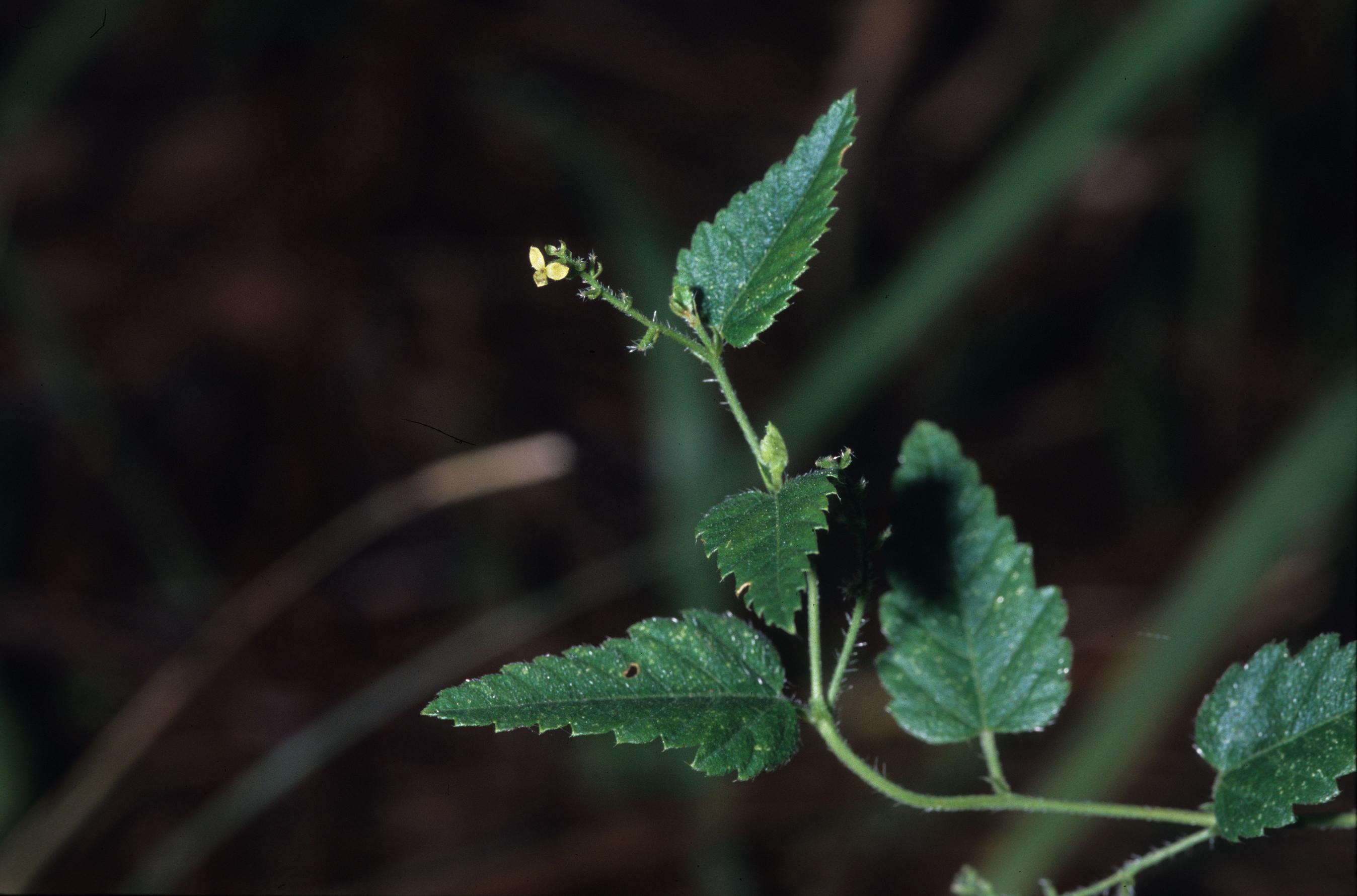Difference between revisions of "Tragia urticifolia"
KatieMccoy (talk | contribs) (→References and notes) |
KatieMccoy (talk | contribs) (→References and notes) |
||
| Line 41: | Line 41: | ||
==Photo Gallery== | ==Photo Gallery== | ||
==References and notes== | ==References and notes== | ||
| − | Florida State University Robert K. Godfrey Herbarium database. URL: [http://herbarium.bio.fsu.edu http://herbarium.bio.fsu.edu]. Last accessed: | + | Florida State University Robert K. Godfrey Herbarium database. URL: [http://herbarium.bio.fsu.edu http://herbarium.bio.fsu.edu]. Last accessed: July 2015. Collectors: Ann F. Johnson, Wilson Baker, R. A. Norris, Andre F. Clewell, Robert K. Godfrey, Loran C. Anderson, Annie Schmidt, A. Johnson, M. Jenkins. States and Counties: Florida: Gadsden, Jackson, Leon, Washington. Georgia: Decatur, Lowndes, Thomas. Compiled by Tall Timbers Research Station and Land Conservancy. |
Miller, J. H., R. S. Boyd, et al. (1999). "Floristic diversity, stand structure, and composition 11 years after herbicide site preparation." Canadian Journal of Forest Research 29: 1073-1083. | Miller, J. H., R. S. Boyd, et al. (1999). "Floristic diversity, stand structure, and composition 11 years after herbicide site preparation." Canadian Journal of Forest Research 29: 1073-1083. | ||
Revision as of 18:19, 12 October 2015
| Tragia urticifolia | |
|---|---|

| |
| Photo was taken by Gil Nelson | |
| Scientific classification | |
| Kingdom: | Plantae |
| Division: | Magnoliophyta – Flowering plants |
| Class: | Magnoliopsida – Dicotyledons |
| Order: | Euphorbiales |
| Family: | Euphorbiaceae |
| Genus: | Tragia |
| Species: | T. urticifolia |
| Binomial name | |
| Tragia urticifolia Michx. | |

| |
| Natural range of Tragia urticifolia from USDA NRCS Plants Database. | |
Common name: nettleleaf noseburn
Contents
Taxonomic notes
Description
Distribution
Ecology
Habitat
In the Coastal Plain in Florida and Georgia, T. urticifolia can be found in limestone glades, recently burned pine-oak woods, longleaf pine forests, and in pine savannas (FSU Herbarium). It has been recorded to grow in sandy loam and clay loam soils (FSU Herbarium; Miller et al. 1999).
Phenology
Flowering and fruiting have been observed June and September (FSU Herbarium).
Seed dispersal
Seed bank and germination
Fire ecology
Pollination
Use by animals
Diseases and parasites
Conservation and Management
Cultivation and restoration
Photo Gallery
References and notes
Florida State University Robert K. Godfrey Herbarium database. URL: http://herbarium.bio.fsu.edu. Last accessed: July 2015. Collectors: Ann F. Johnson, Wilson Baker, R. A. Norris, Andre F. Clewell, Robert K. Godfrey, Loran C. Anderson, Annie Schmidt, A. Johnson, M. Jenkins. States and Counties: Florida: Gadsden, Jackson, Leon, Washington. Georgia: Decatur, Lowndes, Thomas. Compiled by Tall Timbers Research Station and Land Conservancy.
Miller, J. H., R. S. Boyd, et al. (1999). "Floristic diversity, stand structure, and composition 11 years after herbicide site preparation." Canadian Journal of Forest Research 29: 1073-1083.